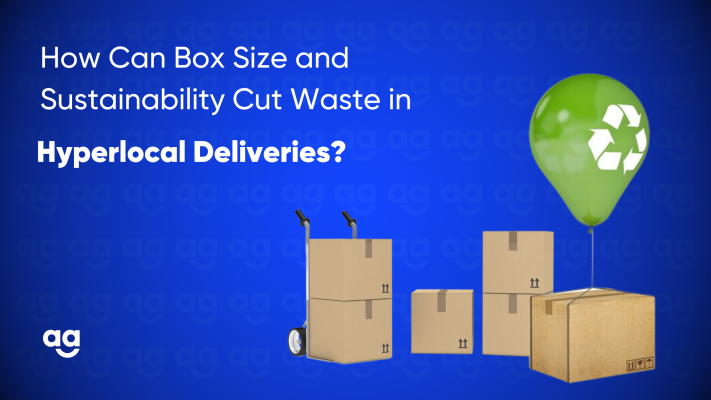Planning Pays Off: 5 Strategies to Get the Most Out of Your Delivery Speed Choice
November 10, 2024
5 min read
The Key to E-Commerce Success: Smart Shipping
With the rapidly growing trend of e-commerce, choosing the appropriate mode of shipment plays a decisive role in a firm’s commercial outcome. As customer demands for instant delivery intensify, companies must balance speed, cost, and reliability. For businesses ranging from startups to large enterprises, this knowledge can make a critical difference in customer satisfaction and profit margins.

Various Types of Shipping Modes
When it comes to transporting goods, businesses have several options to choose from:
Air Freight
- Fastest option for long-distance shipping
- Ideal for time-sensitive or high-value items
- More expensive than other methods
Sea Freight
- Cost-effective for large, heavy shipments
- Slower than air freight
- Suitable for international shipping
Land Transportation
- Trucks: Flexible for short to medium distances
- Railways: Efficient for long-distance domestic shipping
Rapid Delivery Services
- Specialized couriers for urban areas
- Ideal for same-day delivery online shopping
How to Select the Best Shipping Mode for Your Business?
Selecting the optimal shipping method requires careful consideration of several factors:
Cost
Compare shipping rates across different modes. While air freight may be more expensive, it could be worth it for quick courier services that boost customer satisfaction.
Speed
Consider your customers’ expectations. Air or specialized rapid delivery services might be necessary if they demand fast order delivery.
Distance
Online shopping options are often best for local deliveries, land transportation, or quick delivery. For international shipments, air or sea freight may be more suitable.
Product Type
Fragile or perishable items may require special handling and faster shipping methods. According to one source, air shipping is considered the safest form of transport for delicate goods.
Volume and Weight
Larger, heavier shipments are often more cost-effective via sea or rail freight. Lighter packages can benefit from air freight or rush shipping options.
Reliability
Consider the consistency of delivery times. Some modes, like sea freight, can be affected by weather conditions, potentially delaying shipments.
Choose the Best Shipping Mode with Shipyaari
Selecting the right shipping mode is one of the most important decisions that you can make for your business. With an understanding of the different factors that include cost, speed, distance, and type of product you can choose the right shipment method that will be suitable for your organization and the customers.
Remember, the goal is to balance instant delivery and cost-effectiveness. Depending on whether you need to make a rapid delivery or transport a large number of goods, the goal is to properly coordinate shipping services and its needs with your business and your clients’.
As you have learned how to select the type of mode to use when shipping, why not make the process easier? Use Shipyaari for faster, more affordable, and more efficient delivery that meets all your shipping needs. Get started today!
Frequently Asked Questions
Air freight is generally the fastest shipping mode, especially for long-distance or international deliveries.
Yes, sea freight is typically more cost-effective for large, heavy shipments that aren’t time-sensitive.
Key factors include cost, speed, distance, product type, volume, weight, and reliability.
Yes, many businesses now offer same-day delivery online shopping through specialized courier services, especially in urban areas.
Suggested Reads
Hyperlocal Personalization: Tailoring Experiences for Local Customers
Introduction The eCommerce industry in India has witnessed a rapid growth of hyperlocal services in
Continue ReadingDec
How Can Box Size and Sustainability Cut Waste in Hyperlocal Deliveries?
Introduction Sustainability is more than just a trendy word in today’s logistics industry; it’s a
Continue ReadingNov

















 Shipping
Shipping